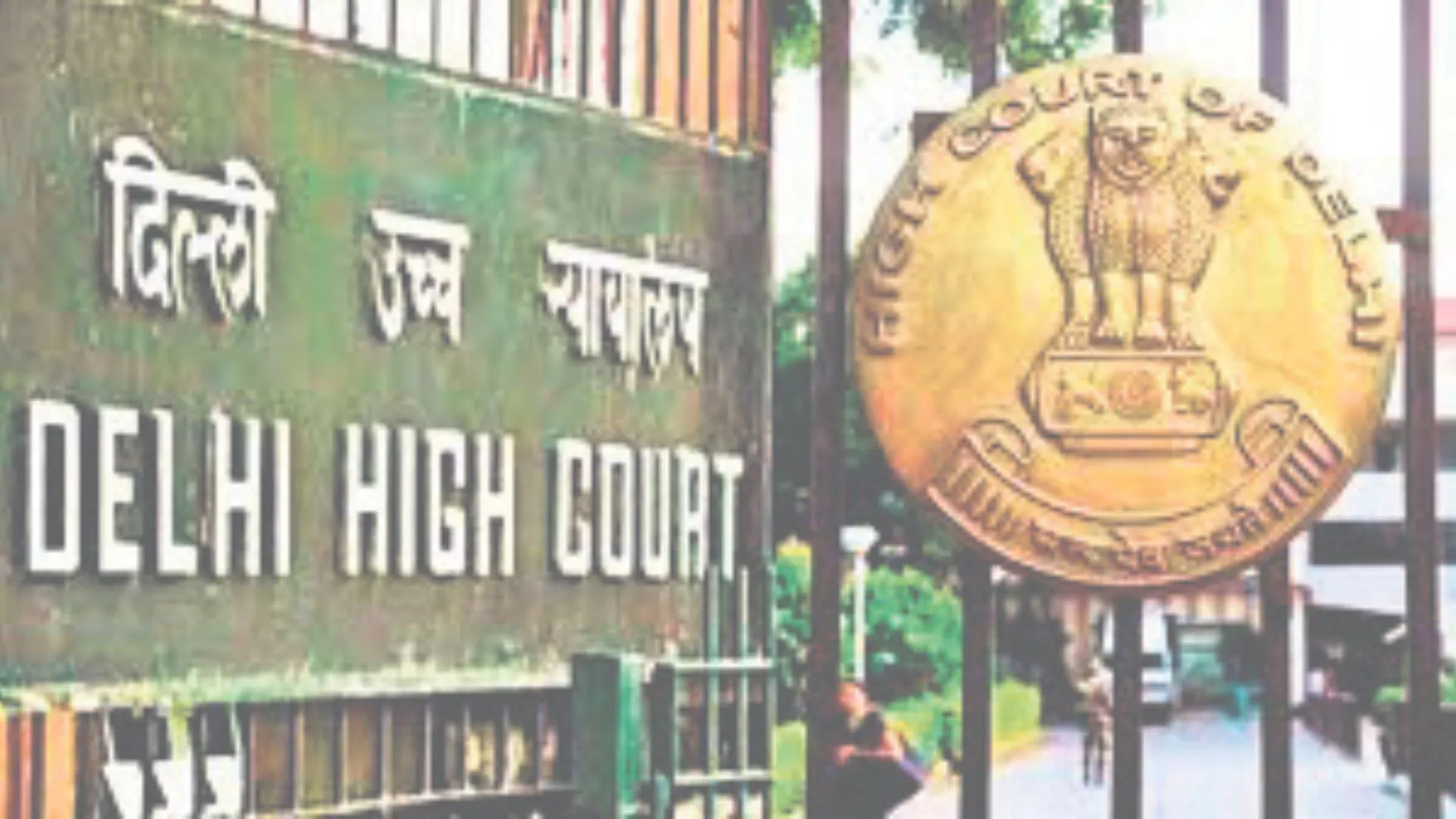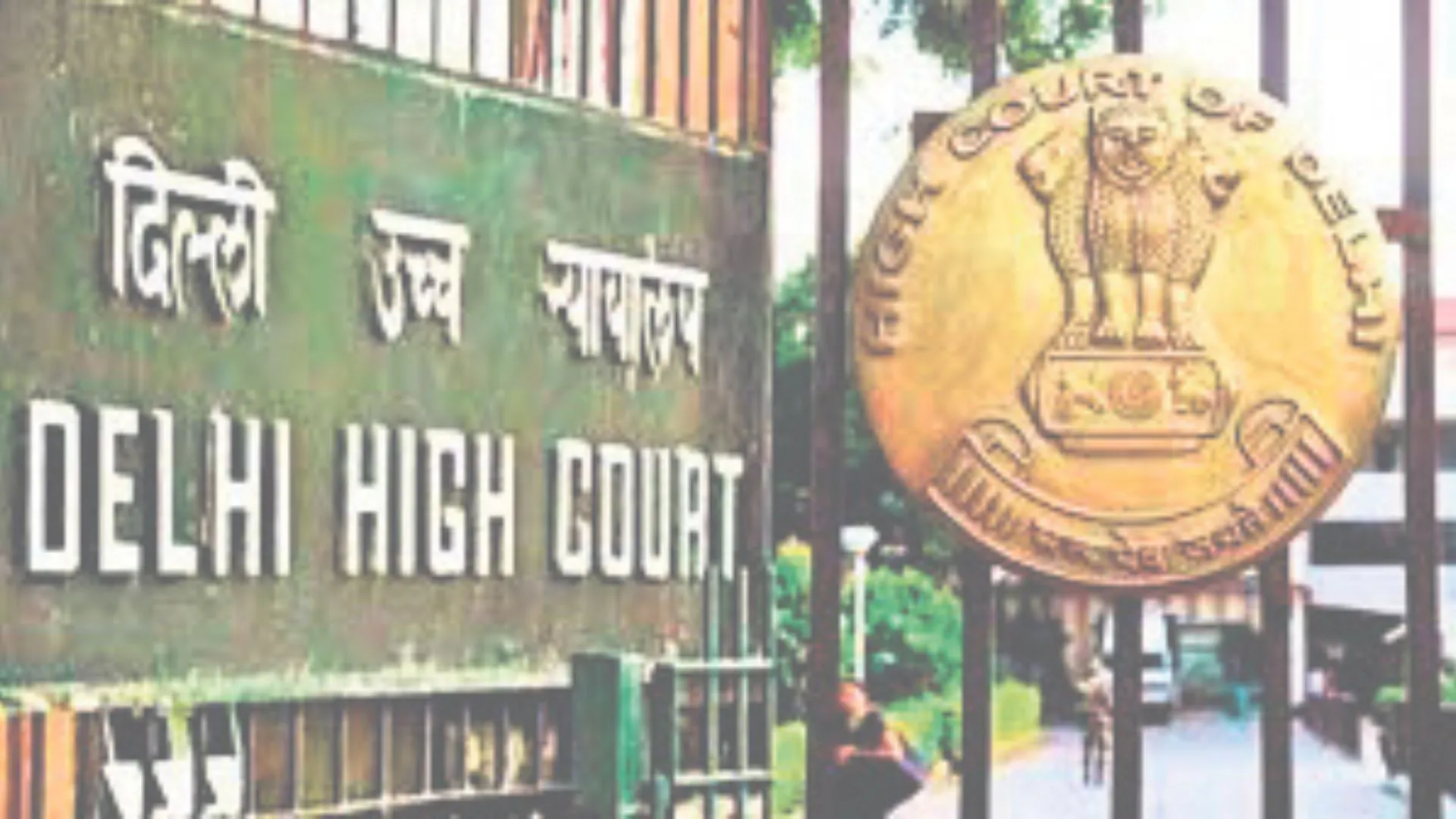There has been a lot of discussion across jurisdictions regarding the intersection and interaction between insolvency and arbitration. On 26th March 2021, the Supreme Court of India rendered its judgment in Indus Biotech vs. Kotak India, putting to rest some important questions surrounding this relationship, most importantly the question as to when do insolvency disputes become inarbitrable. This article is an attempt to decode the observations of the Supreme Court and their impact on future questions relating to arbitrability.
BACKGROUND TO THE DISPUTE
Kotak India Venture Fund had subscribed to Optionally Convertible Redeemable Preference Shares [“OCRPS”] issued by Indus Biotech Private Limited. There arose a dispute between the parties regarding the appropriate formula to be adopted, and to arrive at the actual percentage of the paid-up share capital which would be converted into equity shares and the refund, if any, thereafter.
When Indus failed to redeem the OCRPS, Kotak approached the National Company Law Tribunal (hereinafter “NCLT”) seeking the initiation of corporate insolvency resolution process under Section 7 of the Insolvency & Bankruptcy Code, 2016. At the same time, Indus invoked the arbitration clause provided under the Share Subscription and Shareholders Agreement (“SSSA”) and requested the Tribunal to refer the parties to Arbitration under Section 8 of the Arbitration & Conciliation Act, 1996.
NCLT’S DECISION
The Adjudicating Authority observed that in a Section 7 petition there has to be a judicial determination as to whether there has been a “default” within the meaning of Section 3(12) of the IBC, and in that light determined that a ‘default’ had not occurred in the instant case. The Tribunal also noted that Indus was a solvent, debt-free, and profitable company. Considering that the dispute was purely contractual in nature, the NCLT directed the parties to resolve their dispute by arbitration, thereby dismissing the application filed by Kotak under the IBC.
Aggrieved by the said decision, Kotak approached the Supreme Court of India by way of a Special Leave Petition. The primary contention raised by Kotak before the Supreme Court was that the dispute sought to be raised, being a matter in rem, belongs to that class of litigation which falls out of the scope and ambit of arbitration. It is in this context that the aforementioned dispute becomes extremely relevant to the insolvency versus arbitration debate.
THE TEST OF ARBITRABILITY IN INDIA
In order to understand the importance of the Apex Court’s decision in the instant case, it becomes imperative to look at the test of arbitrability in India and how it has transformed in the recent times.
Until recently, the decision of the Supreme Court in Booz Allen and Hamilton Inc. v. SBI Home Finance Ltd., used to serve as the primary guiding point in so far as the question of arbitrability was concerned. The Apex Court in Booz Allen, using a rights-based approach formulated a test wherein disputes involving rights in personam (i.e., rights enforceable against a particular person) were held to be amenable to arbitration, whereas disputes involving rights in rem (i.e., rights enforceable against the whole world at large) were characterized as inarbitrable. Further, the Court also listed certain examples of inarbitrable disputes, including insolvency disputes.
However, due to its overly broad nature and its inability to differentiate between the mere involvement of rights in rem and the effects of such involvement, i.e., any erga omnes effect of such involvement, the test formulated in Booz Allen was considered to be inherently problematic and has been rightly criticized by noted arbitration scholars such as Ajar Rab.
At this juncture, it is also important to refer to the landmark decision of Swiss Ribbons Pvt. Ltd. & Anr. vs. Union of India & Ors., which is often cited to support the argument that disputes involving insolvency are inarbitrable in nature. Kotak, in the instant case, too had placed reliance on Swiss Ribbons. However, it is argued that a simple reading of the Apex Court’s observations in Swiss Ribbons would highlight as to why such reliance is misplaced. The SC had clearly observed that the Code gets triggered on the admission of an application and upon such admission the proceeding becomes in rem in nature (Paragraph 52 of the Judgment). Therefore, the argument that the Court had observed that insolvency disputes are inarbitrable per se is wrong and misplaced.
In December 2020, through the case of Vidya Drolia & Ors. vs. Durga Trading Corporation, the Supreme Court devised a more nuanced four-fold test of arbitrability. This test fills the void of ambiguity that was created by Booz Allen, and therefore, any further reliance upon Booz Allen has become redundant. As per the test, a dispute would become inarbitrable when:
(I) it relates to actions in rem or actions that do not pertain to subordinate rights in personam that arise from rights in rem.
(II) it affects third party rights; has erga omnes effect; requires centralized adjudication, and mutual adjudication would not be appropriate and enforceable.
(III) it relates to the inalienable sovereign and public interest functions of the state; and
(IV) it is expressly or by necessary implication non-arbitrable as per mandatory statute/s.
ARBITRATION ACT VS IBC: WHAT PREVAILS?
There are two fundamental rules relating to repugnancy of Statutes which must be understood in order to answer this question: (I) the provisions of special law prevail over the provisions of general law [Supreme Court in Sharat Babu Digumarti v. Govt. of NCT of Delhi], and (II) when two special laws have provisions repugnant to each other, then the statue later in time shall prevail [Supreme Court in KSL And Industries Ltd. v/s Arihant Threads Ltd].
The first rule does not have any application in so far as the tussle between the Arbitration Act and the IBC is concerned, considering that both these statutes have been enacted for a special purpose. While the Arbitration & Conciliation Act is a special law, consolidating and amending the law relating to arbitration and matters connected therewith or incidental thereto [Supreme Court in Consolidated Engineering Enterprises v/s. Principal Secretary, Irrigation Department & Others], the IBC was introduced to “consolidate and amend the laws relating to reorganization and insolvency resolution of corporate persons”. Therefore, the answer to the instant question lies in the second rule of repugnancy.
Coming to the second rule, the IBC being a statute enacted later in time will prevail over the Arbitration & Conciliation Act. The over-riding effect of IBC has been granted statutory recognition under Section 238 of the Code, which provides that the provisions of the Code shall have an over-riding effect over all other statutes. In order to understand the position better, a reference can be made to the case of ABG Shipyard Limited v/s. ICICI Bank Ltd., wherein NCLT Ahmedabad held that the provisions of IBC would prevail over those of the Electricity Act, 2003 for the reason that IBC being later in time would prevail over the Electricity Act (considering both the statutes are special law).
SUPREME COURT’S OBSERVATIONS IN INDUS BIOTECH VS KOTAK
The observations of the Supreme Court can be divided into two heads, considering the aforementioned context:
(1) ARBITRABILITY OF INSOLVENCY DISPUTES
With respect to the question of arbitrability, the Court took a nuanced approach and held that an insolvency proceeding becomes in rem only after it is admitted. An admission leads to the creation of a third party right in all the creditors of the corporate debtor, thereby creating an erga omnes effect. Therefore, the Apex Court observed that the moment an insolvency application is admitted under Section 7 of the IBC, the dispute would become inarbitrable and a Section 8 application under the Arbitration & Conciliation Act would not be maintainable.
On the other hand, it was also observed by the Apex Court that if the Adjudicating Authority leads to the conclusion that there is no default committed by the Company and thereby dismisses the application, it would be open for the parties to secure the appointment of an Arbitral Tribunal in an appropriate proceeding as contemplated in law.
(2) Over-riding effect of the IBC and its Implication
At the very outset, the Apex Court observed that the position of law that the IBC shall override all other laws as provided under Section 238 needs no elaboration. In what is an extremely important observation, the Court went to describe the implication of this over-riding effect in so far as the relationship between insolvency and arbitration is concerned. The implication, as per the Court, would be that the Adjudicating Authority is duty bound to deal with the enquiry under Section 7 of the IBC by examining the material placed before it and record a satisfaction as to whether there is a default or not, even if an application under Section 8 of the Arbitration Act has been filed simultaneously.
COMMENT
Sound Approach Towards Arbitrability
The authors are of the opinion that the Court has taken a sound and progressive approach towards the question of arbitrability, by choosing not to tread on the ambiguous path laid down by Booz Allen and instead choosing to follow the latest and more nuanced test laid down in Vijay Drolia. By doing so, the Court, instead of making blanket observations rendering an entire category of disputes inarbitrable, has provided some much-needed clarity as to when would insolvency proceedings create third party rights and truly become in rem in nature. This is also consistent with the proposition that disputes should become inarbitrable only when they create an erga omnes effect and not due to the mere involvement of rights in rem. To quote an example, an intellectual property right is a right in rem, however, a dispute relating to the licensing of a patent, is purely between the owner and the licensee and is, therefore, inter partes. It has no effect erga omnes and should be amenable to arbitration. Similarly, an insolvency proceeding becomes in rem only when it effects third party rights, i.e., upon admission, and if there is no admission, such disputes are fully capable of being settled by arbitration.
PREVENTION OF DRESSING UP OF CLAIMS
Further, by holding that an insolvency proceeding becomes in rem only upon admission, the Court has put in place a system which would prevent the “dressing up” of reliefs in so far as insolvency disputes are concerned. The Bombay High Court in the case of Rakesh Malhotra vs Rajinder Kumar Malhotra & Ors. described “dressed up” reliefs as reliefs which are designed as such to evade the arbitration clause. By the virtue of the impugned decision (Indus), a party would no longer be able to simple evade or wriggle out of the arbitration clause, by merely filing an insolvency application and claiming that the dispute has become inarbitrable. The Adjudicating Authority would necessarily have to determine the question relating to the existence of a default, which would in turn bring out the true nature of the dispute.























